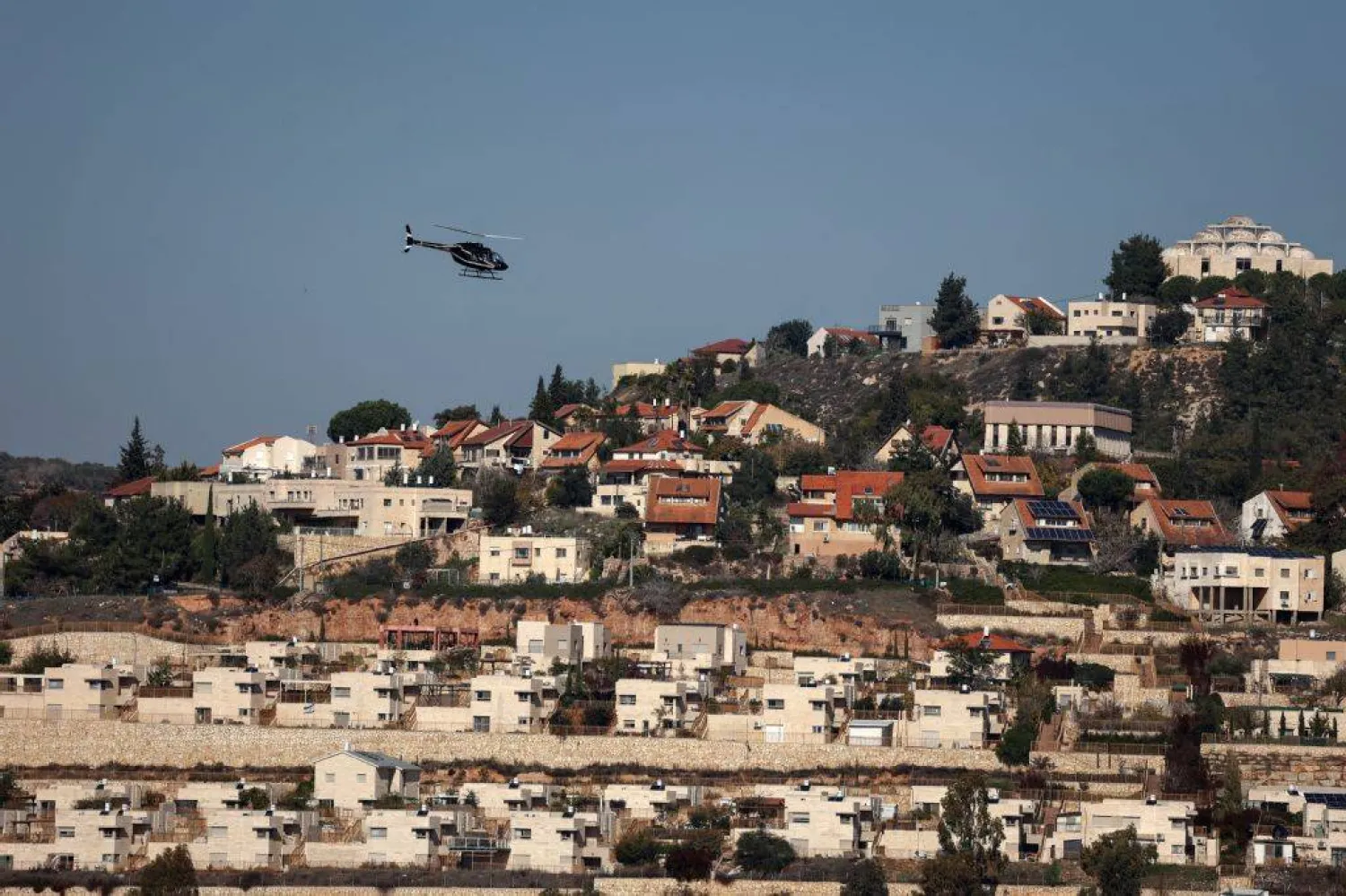Israel's security cabinet approved the establishment of 19 new settlements in the occupied West Bank, a move the country's far-right finance minister said on Sunday was aimed at preventing the establishment of a Palestinian state.
The decision brings the total number of settlements approved over the past three years to 69, according to a statement from the office of Finance Minister Bezalel Smotrich.
The latest approvals come days after the United Nations said the expansion of Israeli settlements in the West Bank -- all of which are considered illegal under international law -- had reached its highest level since at least 2017.
"The proposal by Finance Minister Bezalel Smotrich and Defense Minister Israel Katz to declare and formalize 19 new settlements in Judea and Samaria has been approved by the cabinet," the statement said, without specifying when the decision was taken.
Smotrich is a vocal proponent of settlement expansion and a settler himself.
"On the ground, we are blocking the establishment of a Palestinian terror state," he said in the statement.
"We will continue to develop, build, and settle the land of our ancestral heritage, with faith in the justice of our path."
UN Secretary-General Antonio Guterres has recently condemned what he described as Israel's "relentless" expansion of settlements in the occupied territory.
It "continues to fuel tensions, impede access by Palestinians to their land and threaten the viability of a fully independent, democratic, contiguous and sovereign Palestinian State", he said earlier this month.
Since the start of the war in Gaza, calls for the establishment of a Palestinian state have proliferated, with several European countries, Canada and Australia recently moving to formally recognize such a state, drawing rebukes from Israel.
A UN report said the expansion of settlements was at its highest point since 2017, when the United Nations began tracking such data.
"These figures represent a sharp increase compared to previous years," Guterres said, noting an average of 12,815 housing units were added annually between 2017 and 2022.
"These developments are further entrenching the unlawful Israeli occupation and violating international law and undermining the right of the Palestinian people to self-determination."
Excluding east Jerusalem, which was occupied and annexed by Israel in 1967, more than 500,000 Israelis live in the West Bank, along with about three million Palestinian residents.
Smotrich's office said the 19 newly approved settlements are located in what it described as "highly strategic" areas, adding that two of them -- Ganim and Kadim in the northern West Bank -- would be re-established after being dismantled two decades ago.
Five of the 19 settlements already existed but had not previously been granted legal status under Israeli law, the statement said.
While all Israeli settlements in the Palestinian territory are considered illegal under international law, some wildcat outposts are also illegal in the eyes of the Israeli government.
Many of these, however, are later legalized by Israeli authorities, fueling fears about the possible annexation of the territory.
US President Donald Trump has warned Israel about annexing the West Bank.
"Israel would lose all of its support from the United States if that happened," Trump said in a recent interview to Time magazine.
Israel has occupied the West Bank since 1967, and violence there has soared since the Gaza war erupted in October 2023 following Hamas's attack on Israel.
Israeli troops or settlers have killed at least 1,027 Palestinians in the West Bank -- both gunmen and civilians -- since the start of the fighting in Gaza, according to an AFP tally based on Palestinian health ministry figures.
At least 44 Israelis have been killed in the West Bank in Palestinian attacks or Israeli military operations during the same period, according to Israeli data.









